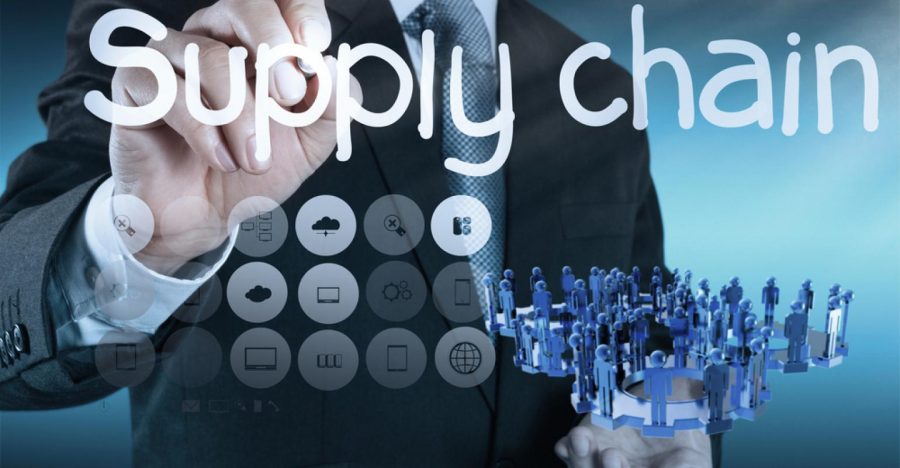Progress Awaits Digital Supply Chain Management As SAP Makes Positive Moves
SAP’s S/4 chapter has become popular. Users who had already invested in SAP’s products, got the ability to spend a modest amount and graduate to a more flexible environment. Not only that, the progress helps to increase the efficiency of data handling and decision making, effectively improving turnarounds. Ultimately, that ends up benefiting the customers of any manufacturing or supply-chain company.

What the entire sector feels
Organizations often need adjustments to be made to technology, based on what their roles and unique objectives are. Every organization needs to take a unique approach when it comes to using IT. Change being the only constant, a flexible IT system is a must. Workers should be able to access data quickly, share it without compromising accuracy, and use them as a foundation for crucial strategies. All this is possible if a framework allows applications to automate analytics and communicate relevant data to supply chain managers and executives by keeping all the data normalized.
Management strategies
A top-down management approach is considered the best if you have a centralized database to make it non-intrusive. A centralized database should be able to use apps for seamlessly accessing data from the cloud. Both, on-premise and cloud-based systems, are preferred in most organizations and SAP have taken many important steps in this direction. It has realized the benefit of offering its customers a web-based working environment, which allows personnel to keep in touch with reality far better than before. Now, merging its CRM with S/4 using the Fiori UI, SAP AMI is showing positive signs about a fresh new level of enterprise capabilities.
However, it is easier said than done. It is not just about a user interface, but how the processes will maintain the integrity and fit into the workflow, especially if modified. A holistic solution is essential to consider the value of processing information. A system must also ably capture and store data to make life easier for analysts and managers.
Weeding out complexity
Complex transactions are the order of the day in any supply chain company. Digital supply chain management comes with several data-capture points, teams with differently skilled people, and the right combination of strategies required thereafter. If a Fiori app is built for each step in a process, it can be linked to the entire organization. That will allow workers to actually use a flexible platform. The Fiori framework is particularly preferred for this reason.
The past is fading
S/4HANA migration is clearly making an effort to help business move away from the siloed functionality organizations were used to. If a process executed by a machine can build its memory, then definitely that memory can be used to improve efficiency in a function that uses it as a part of it. One of the most important aspects of progress in the software industry, such a capability is not far from reality today.
Architectures that do not require servers are the new demand from industry leaders, especially those running complex business ecosystems such as in manufacturing and retail. Automation and AI can complement each other seamlessly, but only if the IT tools being used are somehow connected seamlessly themselves. This demand is expected to increase, especially as the world moves into the realm of custom apps across a large number of interrelated processes.
Companies will experience a digital revolution, which will emerge from the strengths of various technologies of today. Algorithms in automotive manufacturing can be machine generated after a point, and the control over compliance, quality, process monitoring, and management will largely shift to machines alone. Interactive devices will push the future.

















